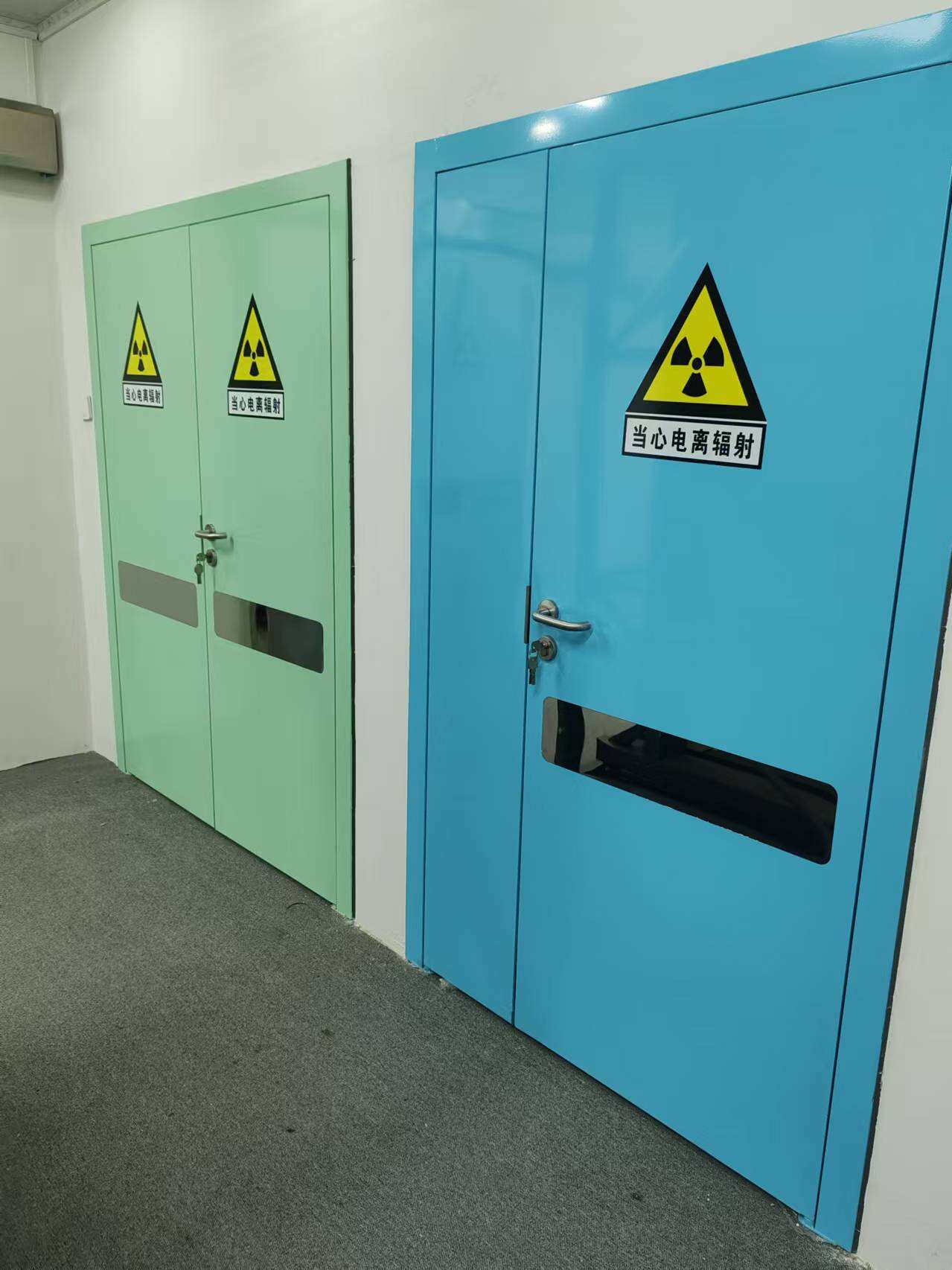
In facilities where life-saving technology is utilized daily, ensuring that it does not inadvertently cause harm to human life is just as important as the technology itself. Lead doors are a prime demonstration of this article’s implication. The article highlights the role of lead doors in healthcare, heavy industrial, and research sectors in establishing safety and compliance and yet as the last resort, sometimes, viewers still glance over them.
Lead is a natural dense material with the quality of good radiation attenuation, i.e., it can effectively absorb the radiation and scatter it to the other areas. The placement of a solid sheet of lead keeps pace with both effectiveness and energy for shielding the radiation from the metallic or wood veneer, depending on the surrounding environment and the cleanliness factors.
These doors not only are functional but they also reflect the specific shielding requirements of the area they are designed to protect. The lead plate’s thickness is determined considering the type of radiation, occupancy rates of the connected spaces, and the source of power used.
There is a rapid expansion of the application of lead doors, despite the fact that hospitals are the lead users:
This multifunctionality perfectly shows how versatile lead doors can be in various high risk life safety and risk management situations.
It is not common for two installations to be designed exactly the same way. Hence, it is a usual practice that lead doors be produced uniquely per the architects' drawings and the necessary radiation safety measures. Door leaf size, lead equivalency, fire rating, locking systems, and hygiene features (like anti-bacterial coatings) can all be customized.
Individual installations which demand a sterile environment like cleanrooms and operating theaters require a special lead door that is very much airtight and thus would not allow any air or any particles to escape. Hybrid features of this kind both the resistance to radiation and the achievement of environmental sealing are the greatest source of strength yet the utmost necessity for the controlled access procedures.
A robust lead door, once constructed, would be able to be in effective use for tens of years, keeping in mind low maintenance and its regular condition. The regular checkup (at a later time) makes sure that all parts of the lead core are there and besides it, especially the sides, in the case of the humidity factor, the doors are not in a position to erode, so the lead usually is good with enough care giving assurances and feasibility of having it for many years to come, especially taking into account the safety guarantees and those of compliance.
Moreover, the present-day designs are people-oriented. The examples of automatic sliding models and soft-close swing doors with magnetic seals stay the same high-quality, easily usable, and customer-oriented regardless of the environment.
Paradoxically, a massive attractive-looking lead door not only imparts a message of professionalism to staff and patients but also emphasizes strength. The latter can be interpreted as seriousness about safety, high compliance with the required procedures, and the successful merging of the technologically-driven and the industrial process. Thus, the psychological impact thus created also becomes crucial in the health care field, where patients should be more comfortable during diagnostic operations.
With further advancement in the material science field, new shielding materials like composites might be coming over or even enhancing the already used lead cores. Moreover, they could be the basic elements of IoT devices with built-in AI-powered monitoring systems that will safely serve the building occupants by providing them with the info on the levels of exposure, usage, and remind of the maintenance.

Copyright © Liaocheng Fuxunlai Trading Co., Ltd - Privacy policy